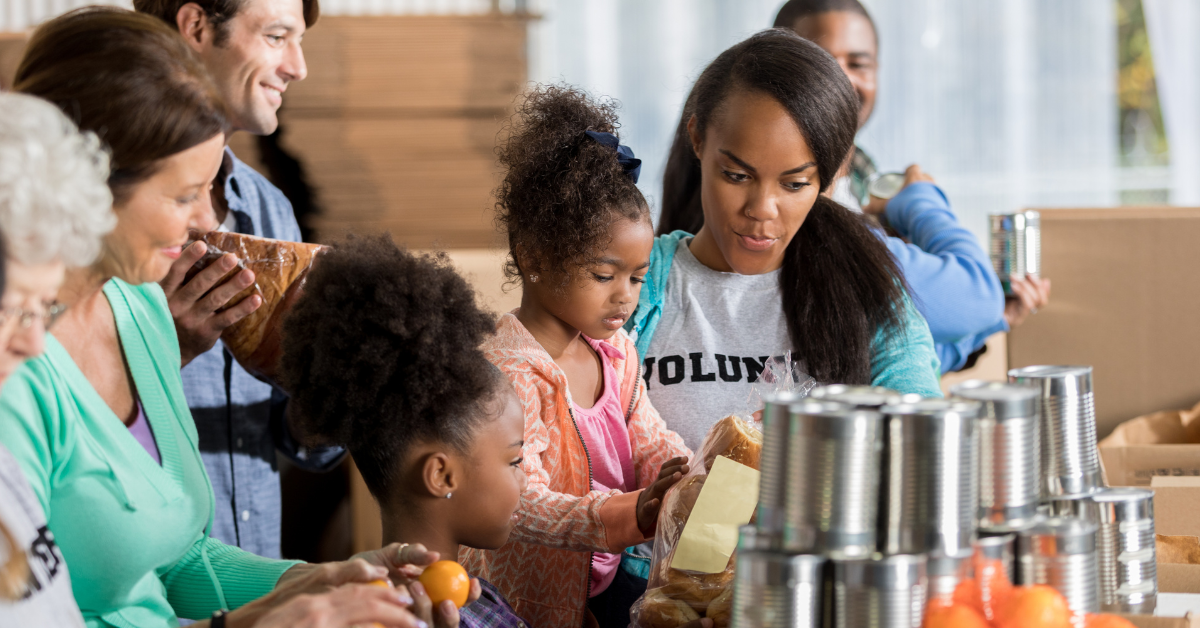
The ability to live a healthy and sustainable life should inarguably be a human right. Health determines many positive outcomes like academic achievement, opportunities, physical and emotional well-being as well as a community’s public health at large. However, the pandemic has shed light on inequities in the health care system that limit accessibility. For many, health care is tethered to employment, burdened with hefty premiums and offers scattered coverage. As the pandemic continues to drive unemployment, millions of Americans whose health care was attached to their jobs are scrambling to find adequate coverage. Seven months into the COVID-19 shutdown, and the health care industry is largely adapting to extend service virtually through telehealth. The virtual health care practice allows doctors to meet with patients on their own time in a safe and accessible way for things like test results, chronic condition management, mental health treatment and follow-up care.
In an unprecedented moment that left an additional 5.4 million people without health care during a viral outbreak, the need to provide accessible care while also mitigating exposure to both doctors and patients was an important gap to bridge. As United Way of the National Capital area looks to reduce gaps and disparities across areas of health in the community, investing in partnerships that expand telehealth services into communities with chronic health barriers helps the organization reach vulnerable individuals in need of care.
While accessibility is important to consider, ultimately it doesn’t mean much if there aren’t measurable outcomes. Fortunately, there are several notable benefits to telehealth that decisively make a difference in the quality of care. With doctors able to schedule appointments one on one in their own time, patients are given more face time with their care provider. There are also far less barriers to seeking treatment like transportation costs and time away from work or home. With most telehealth provided on mobile devices, patients can access care anywhere they have service or Wi-Fi. For patients whose accessibility is limited to their proximity to a care facility, this is an integral expansion of service.
However, while telehealth is a useful tool to address an existing need in our health care system, it doesn’t address a fundamental problem: Health care is not guaranteed. Accessibility does not always equal inclusion. Even for those that have insurance, cost sharing in private health care has exponentially grown with many plans imposing $30 to $45 co-payments for specialist visits. Over 80% of employer-provided health care required plan holders to cover an average annual deductible of $1,478, nearly two and a half times the amount of the previous decade. As great as accessibility is in bringing people closer to care, it’s a solution that leaves those who can’t afford it or those who aren’t offered insurance through their jobs out of the picture. For as much good as telehealth has done to health care, it’s important to keep building from there. There are still workers in essential positions putting their health and safety on the line for a job that pays them low wages without any health insurance security. As we build a more inclusive pathway in spaces of health, education and economic opportunity, it’s important to ensure that our bold strides toward change elevate the needs of everyone in our community.
To learn more about our health initiatives, visit https://unitedwaynca.org.


